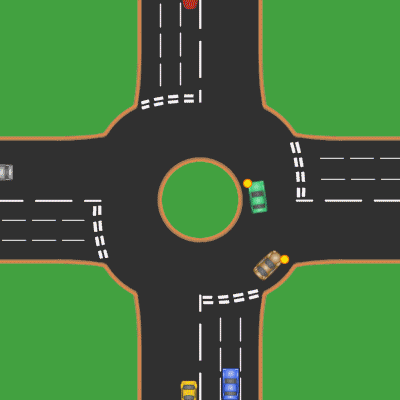This is a funny comic, and I’m gonna destroy it by analyzing it way too much. But I actually mean it, that this comic shows the whole idea behind philosophy. Getting an existential crises over the meaning of words. A dictionary problem.
These snakes get an existential crisis over the fact if they have necks or tails. First of all, what they actually have doesn’t in any way change the way they will live their life. Still, they get this crisis and I gotta say, I actually sympathize with them. What do they have in Gods name?!
But this is just a matter of how we define the words neck or tail. In a way the solution of this crises is artificial and insignificant, because it is just a matter of agreeing on a definition of these words. And I think this captures the whole philosophy, it is just about agreeing on words. But since all ratio and science is build on philosophy, this gives me an existential crises about how all of that is build on this quicksand. There is no rocksolid basis of science, even though it is so powerful in everyday life (medicine, engineering etcetera)







